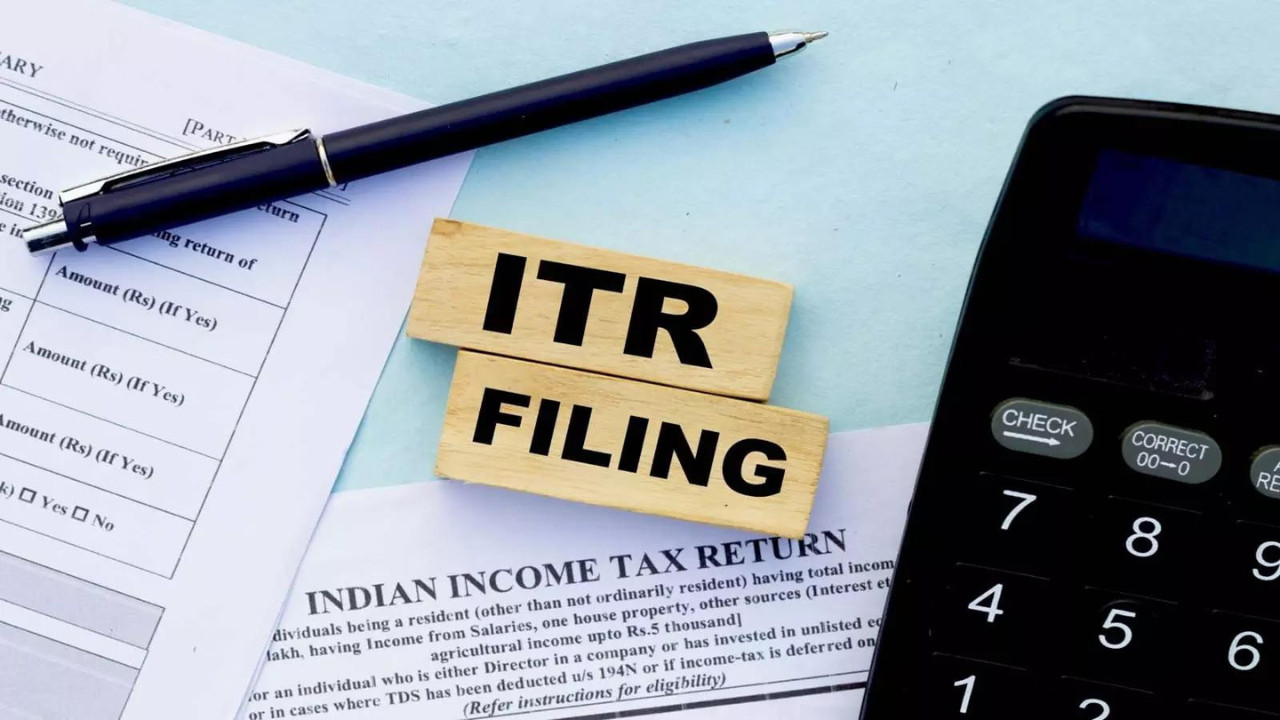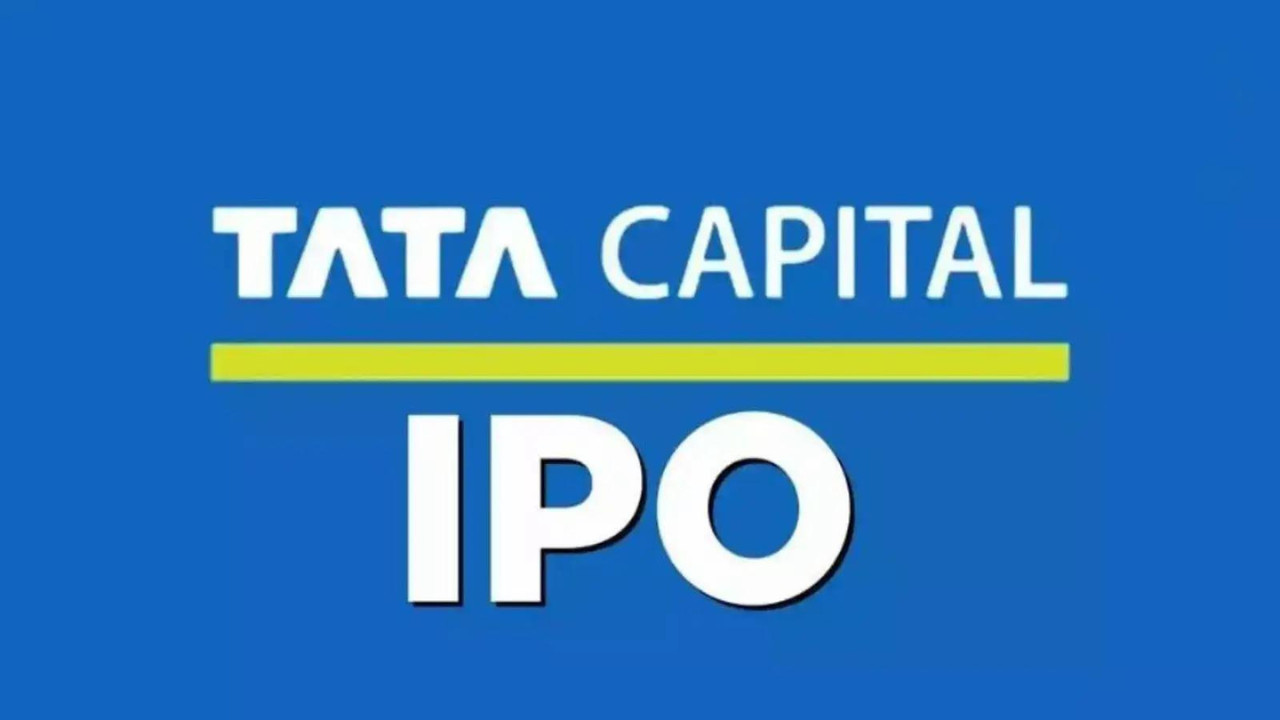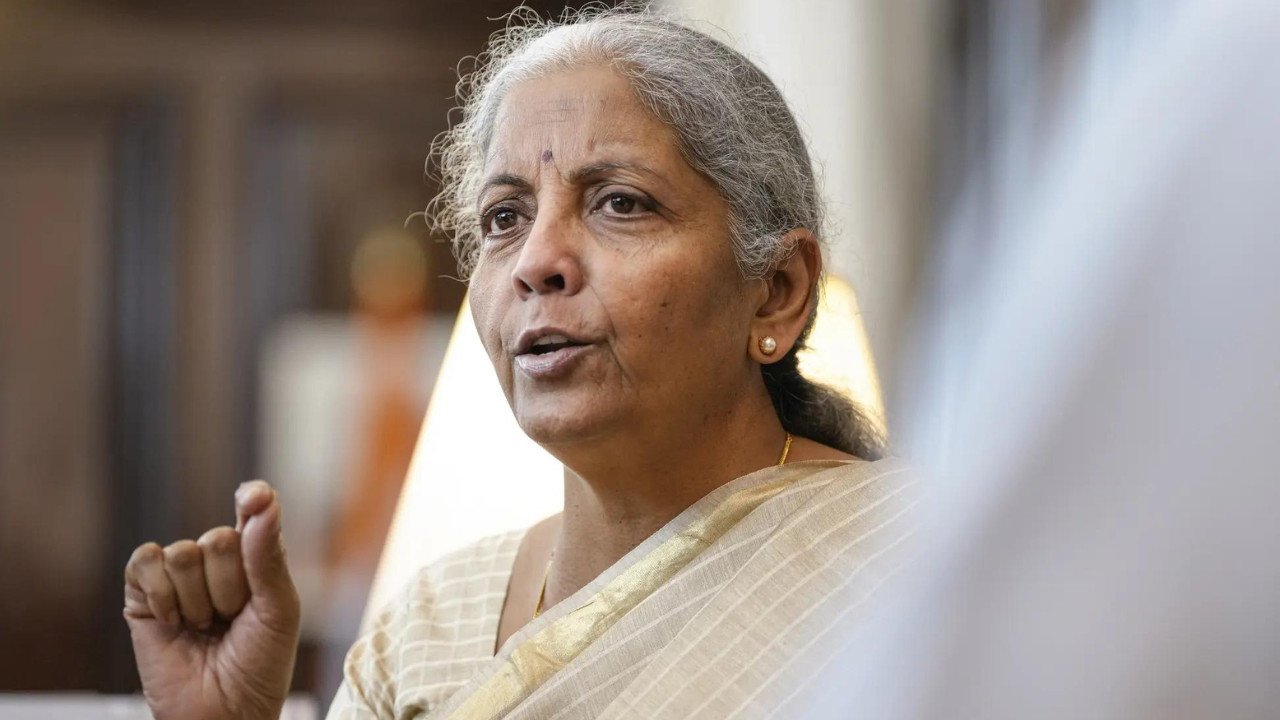Goldman Sachs has slightly lowered India’s GDP growth forecast for 2025 and 2026, citing the impact of US tariffs. While growth is projected to slow, inflation forecasts have also been revised downwards due to falling vegetable prices. The report highlights uncertainty surrounding trade negotiations and potential risks to the inflation outlook.
Navigating the Shifting Sands: How Trade Tensions Are Reshaping India’s Economic Landscape
The global economic stage is rarely static. It’s a dynamic theater of shifting policies, evolving alliances, and sometimes, unavoidable tensions. Recently, the spotlight has been on the evolving trade relationship between India and the United States, and the ripples are starting to spread across India’s economic landscape. Goldman Sachs recently recalibrated their economic projections for India, and while the picture isn’t entirely bleak, it paints a nuanced view of the challenges ahead.
A Slightly Lower Trajectory for Growth
The headline? A slight downward revision of India’s GDP growth forecast. While still projecting robust growth, Goldman Sachs now anticipates a slightly more tempered expansion. This adjustment reflects a complex interplay of factors, with trade frictions between India and the US playing a significant role. These aren’t just abstract numbers; they represent real-world impacts on businesses, investment decisions, and ultimately, the prosperity of Indian citizens. This slight dip in projected growth is a reminder that even economies as dynamic as India’s are not immune to global headwinds.

The Inflation Equation: A Rising Concern
Alongside the adjusted growth outlook, the report also touches upon inflation. Price pressures remain a persistent concern globally, and India is no exception. The potential for increased tariffs and trade barriers adds another layer of complexity to this equation, potentially leading to higher import costs and ultimately, impacting the prices consumers pay for goods and services. Managing inflation will be a critical task for policymakers in the coming months, ensuring that economic growth isn’t eroded by rising costs. This is where strategic policy interventions become crucial.
A Silver Lining: Navigating the Storm
However, it’s not all doom and gloom. The Goldman Sachs report also highlights a potential “silver lining.” The predicted dip in oil prices could offer some respite, easing inflationary pressures and providing a much-needed boost to the Indian economy. India’s reliance on oil imports makes it particularly vulnerable to price fluctuations, so any downward trend offers a significant advantage. Furthermore, the report suggests that proactive government policies and a resilient domestic demand could help mitigate the negative impacts of the trade disputes. The strength of the Indian consumer and the government’s commitment to strategic economic reforms are key factors in navigating these challenges.
Understanding the India US Tariff War
The core issue centers around tariffs and trade barriers imposed by both the US and India. These actions, often driven by domestic economic considerations, create friction in the bilateral relationship. The resulting uncertainty can disrupt supply chains, impact investment flows, and ultimately, affect overall economic growth. For example, retaliatory tariffs on key sectors like steel and agriculture can have a cascading effect, impacting businesses and consumers on both sides. To understand the full context of the India US Tariff War, one needs to appreciate the intricate balance of economic and political considerations.
India’s Response: A Path Forward
So, what can India do to navigate this evolving landscape? The answer lies in a multi-pronged approach. Firstly, diversifying export markets is crucial. Reducing reliance on any single trading partner mitigates the risk associated with trade disputes. Secondly, boosting domestic manufacturing through initiatives like “Make in India” enhances self-reliance and reduces dependence on imports. Thirdly, strategic trade negotiations with other countries can create new opportunities and strengthen India’s position in the global economy. Finally, continued investment in infrastructure and skill development will be essential for long-term competitiveness. This proactive approach will not only help weather the current storm but also pave the way for sustained economic growth in the years to come. You can read more about India’s manufacturing sector growth here.
Ultimately, the current situation underscores the interconnectedness of the global economy. While challenges undoubtedly exist, India’s inherent strengths – a large and growing domestic market, a skilled workforce, and a proactive government – position it well to navigate these turbulent times. The key will be to remain agile, adapt to changing circumstances, and continue to pursue policies that foster sustainable and inclusive economic growth. The world watches closely as India charts its course through these complex economic waters.







